Large-Format Tiles & Frameless Showers: Modern Design Seamless Integration

Interior design trends showcase a growing preference for large-format tiles in various spaces, parti…….
Introduction
In the ever-evolving realm of home design, the bathroom has emerged as a sanctuary of both functionality and style. A bathroom remodel for contemporary designs is more than just an upgrade; it’s a reflection of modern living, blending aesthetics with practicality. This comprehensive article will delve into the nuances of contemporary bathroom designs, their significance, and the global impact they have. Readers will gain insights into economic considerations, technological advancements, policy, challenges, and future prospects of this design movement.
Understanding Bathroom Remodel for Contemporary Designs
A bathroom remodel for contemporary designs refers to the process of renovating a bathroom to reflect current trends in aesthetics, functionality, and technology. These designs are characterized by their clean lines, minimalist approach, use of high-quality materials, and integration of smart technologies. The historical context of these designs is rooted in mid-20th-century modernism, which emphasized simplicity, functionality, and the use of new materials.
Contemporary bathroom designs are significant as they not only enhance the user experience but also represent a commitment to sustainability and innovation within the home design industry. They fit within the broader landscape of interior design, architecture, and technology, influencing how we interact with our living spaces and prioritize self-care.
Global Impact and Trends
The influence of contemporary bathroom designs is a global phenomenon, with trends and styles being adapted to suit different regions and cultures. In North America and Europe, there’s a trend towards larger, spa-like bathrooms with an emphasis on natural light, open layouts, and eco-friendly materials. In contrast, regions like Asia are seeing a rise in compact, space-efficient designs that maximize functionality despite limited space.
Key trends shaping contemporary bathroom design include the use of smart technology, such as motion-sensor faucets and lighting; the incorporation of natural elements like plants or wood; and sustainable practices like water-saving fixtures and energy-efficient lighting. These trends are not static; they evolve with cultural shifts, technological advancements, and environmental concerns.
Economic Considerations
The economic aspects of a bathroom remodel for contemporary designs are multifaceted. From a macro perspective, the home improvement industry is a significant contributor to economic growth, creating jobs and driving innovation. Market dynamics indicate a growing demand for high-end, designer bathroom fixtures and finishes, reflecting a willingness among consumers to invest in their homes.
Investment patterns show that homeowners are increasingly opting for professional renovations rather than DIY projects, seeking the expertise of designers and contractors who specialize in contemporary designs. These investments not only enhance property value but also align with the sustainable development goals set by many nations, promoting responsible consumption and production patterns.
Technological Advancements
Technology has revolutionized contemporary bathroom design, introducing innovative products that improve both form and function. Smart mirrors and touchless faucets are becoming more commonplace, offering convenience and hygiene. Water-saving technologies, such as low-flow toilets and showerheads, conserve resources while maintaining performance.
Future potential includes the integration of artificial intelligence (AI) for personalized experiences, biometric systems for enhanced security, and materials with self-cleaning properties. The role of technology in bathroom design is poised to expand, offering new possibilities for both luxury and sustainability.
Policy and Regulation
Policies and regulations play a crucial role in shaping contemporary bathroom designs. Building codes and standards dictate minimum requirements for safety, accessibility, and resource efficiency. Environmental regulations influence the choice of materials and the design’s overall impact on the ecosystem.
In some regions, there are incentives for sustainable practices in home renovations, encouraging the adoption of energy-efficient fixtures and eco-friendly materials. These policies not only guide the industry but also ensure that contemporary designs align with broader societal goals.
Challenges and Criticisms
Contemporary bathroom design faces several challenges, including the need to balance aesthetic appeal with functionality, cost considerations, and sustainability. Critics often point out the potential for overdesign, where extraneous features detract from the simplicity that contemporary design advocates.
To overcome these issues, designers must prioritize a user-centric approach, focusing on the needs and preferences of the occupants. Embracing a holistic perspective that encompasses sustainability, accessibility, and affordability will ensure the longevity and relevance of contemporary bathroom designs.
Case Studies
Several case studies exemplify the successful application of contemporary bathroom designs. A notable example is the “WaterCloset 6.0” by Philippe Starck, which combines minimalist aesthetics with eco-friendly practices. Another is the “Bath Collection” by Duravit, which features sleek lines and smart technology integration. These case studies not only showcase design excellence but also provide valuable lessons on balancing form and function in bathroom renovations.
Future Prospects
The future of contemporary bathroom designs is promising, with a focus on integrating advanced technologies, sustainable practices, and user-centric design principles. The use of virtual reality (VR) and augmented reality (AR) in the planning phase will allow for more immersive design experiences. Material innovation will lead to the development of new, sustainable materials that are both durable and visually appealing.
As we look ahead, contemporary bathroom designs will continue to evolve, reflecting changing tastes, technological advancements, and societal values. The emphasis on creating spaces that promote well-being and sustainability will likely define the next wave of design trends in this realm.
In conclusion, a bathroom remodel for contemporary designs is a complex process influenced by economic factors, technological advancements, cultural trends, and regulatory frameworks. It represents a commitment to creating functional, aesthetically pleasing, and sustainable spaces that respond to the needs of modern society. As we continue to innovate and adapt, contemporary bathroom designs will undoubtedly remain at the forefront of home renovation and interior design.

Interior design trends showcase a growing preference for large-format tiles in various spaces, parti…….

The contemporary bathroom combines aesthetic appeal with practicality through clean lines, neutral c…….
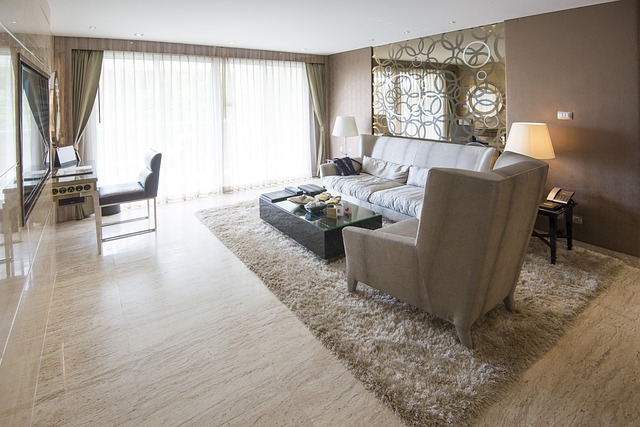
Minimalism in interior design values simplicity and intentionality, with frameless glass showers eme…….
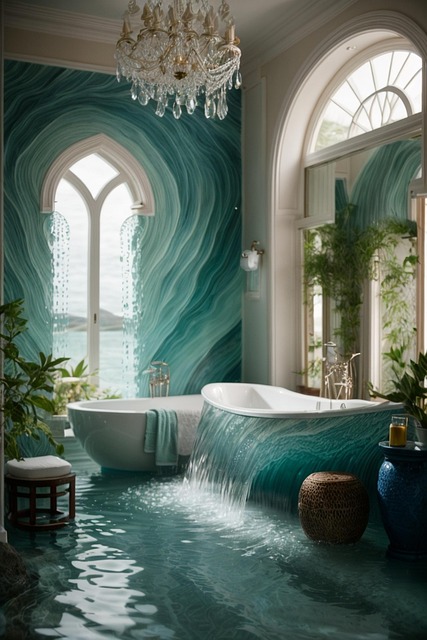
Large-format tiles (60×60 cm+) are a key element in modern bathroom renovations, offering aesthetic…….
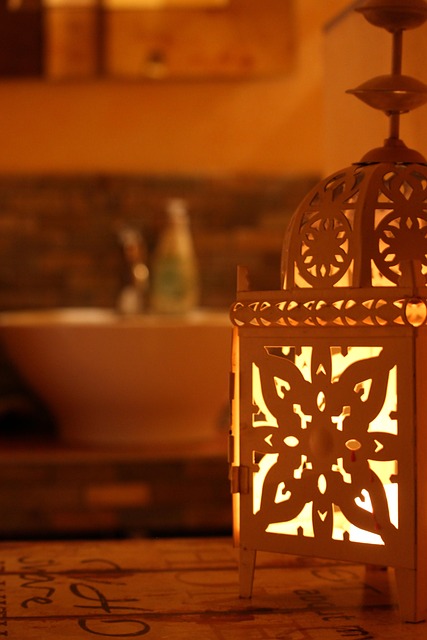
The text explores the appeal of modern, functional bathroom design through two prominent finishes: m…….
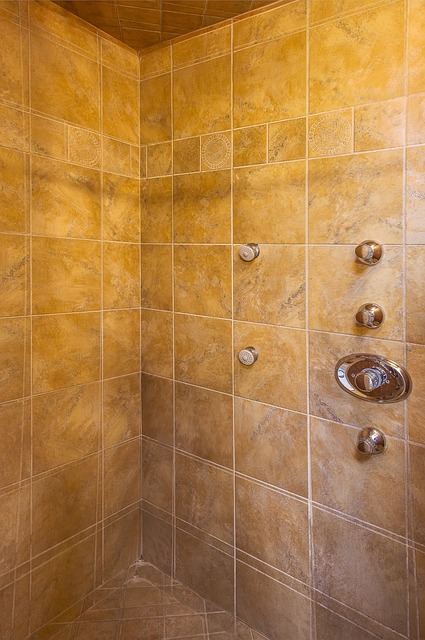
Open layouts are trending in modern bathrooms, offering spaciousness and seamless integration of sle…….

Designing a trendy bathroom revolves around understanding neutral color palettes, which offer sophis…….

A timeless contemporary bathroom design prioritizes elegance and functionality through seamless inte…….
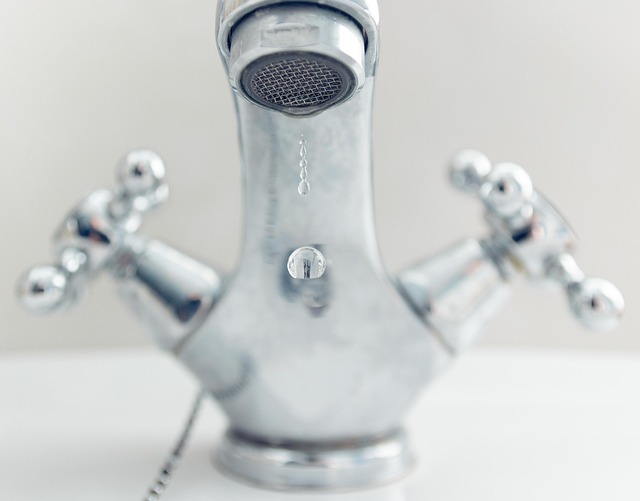
Curbless showers are a modern trend that combines stylish design with improved functionality, creati…….